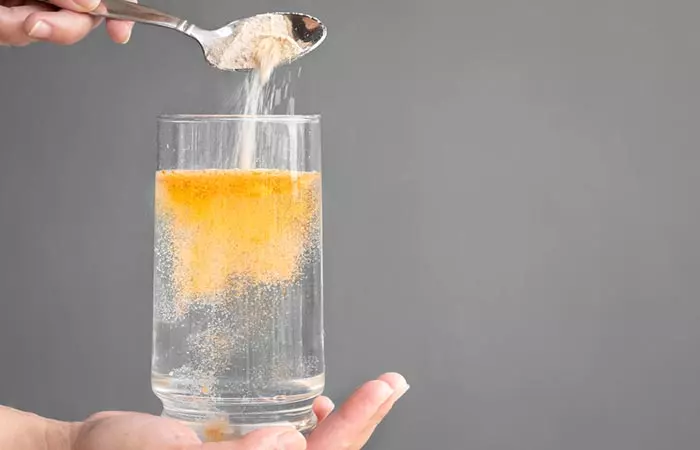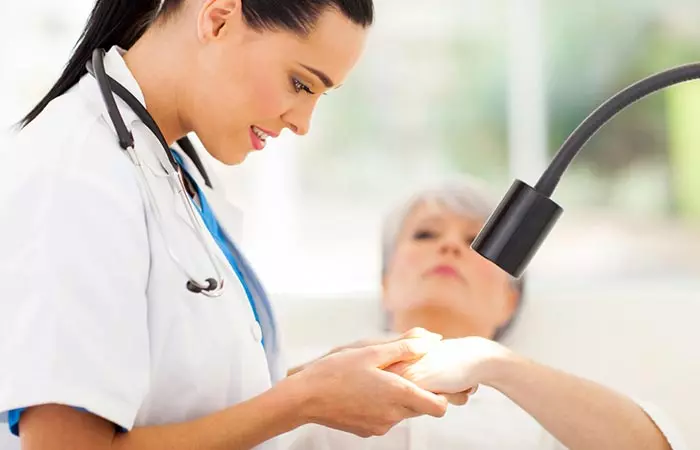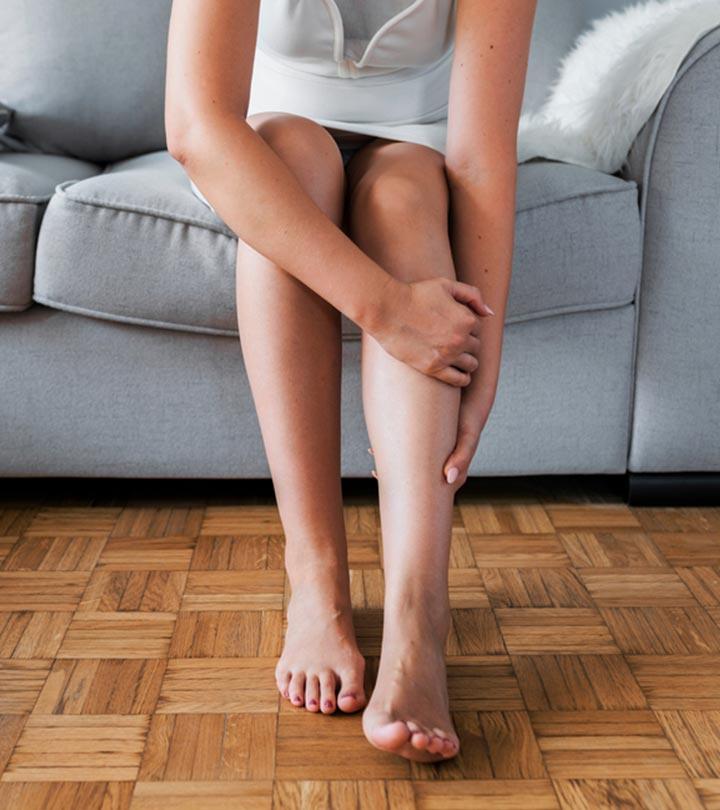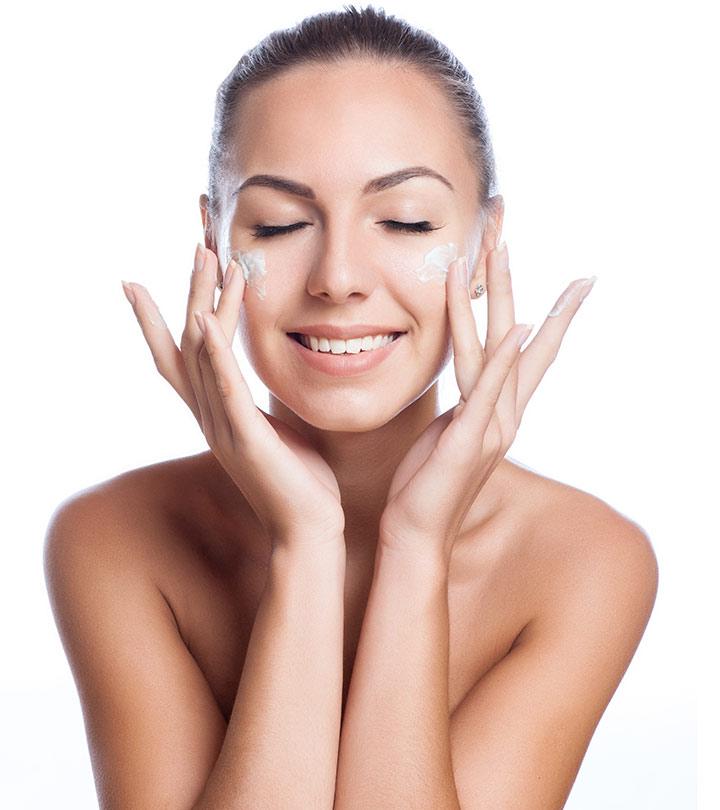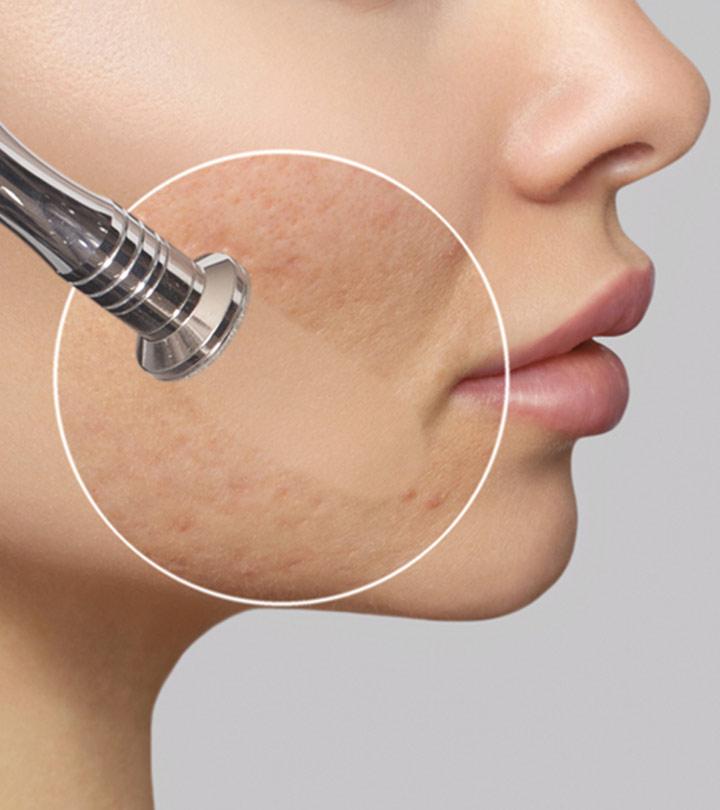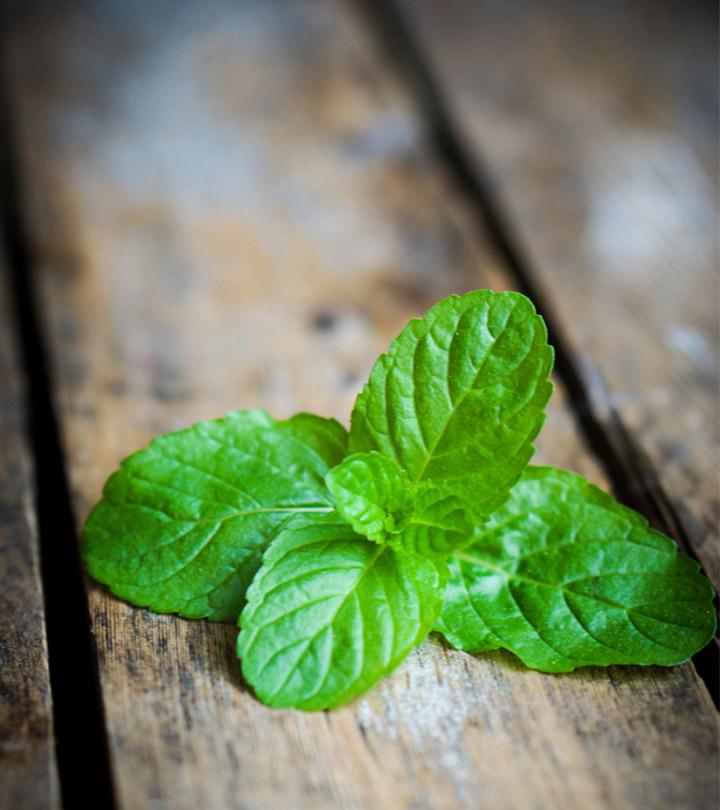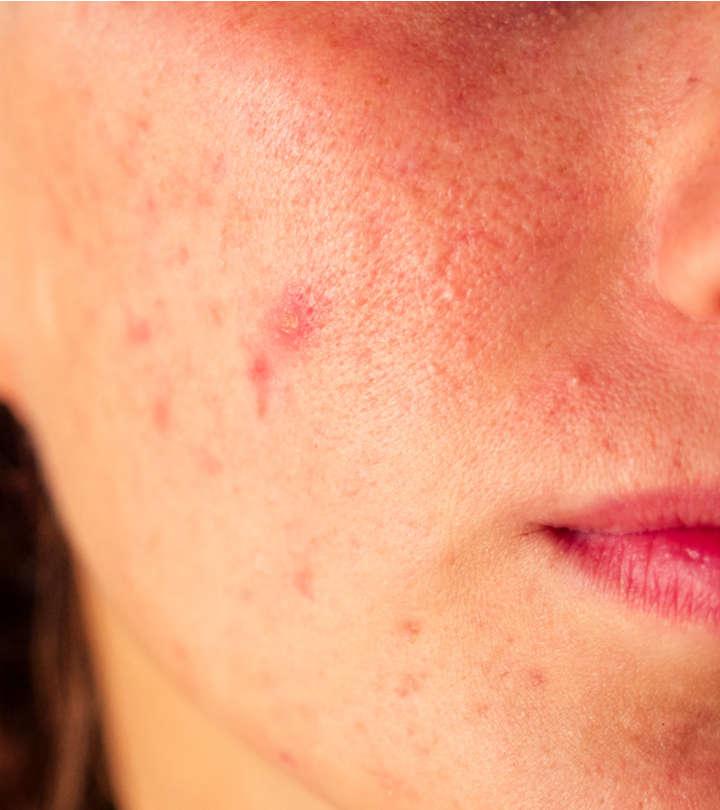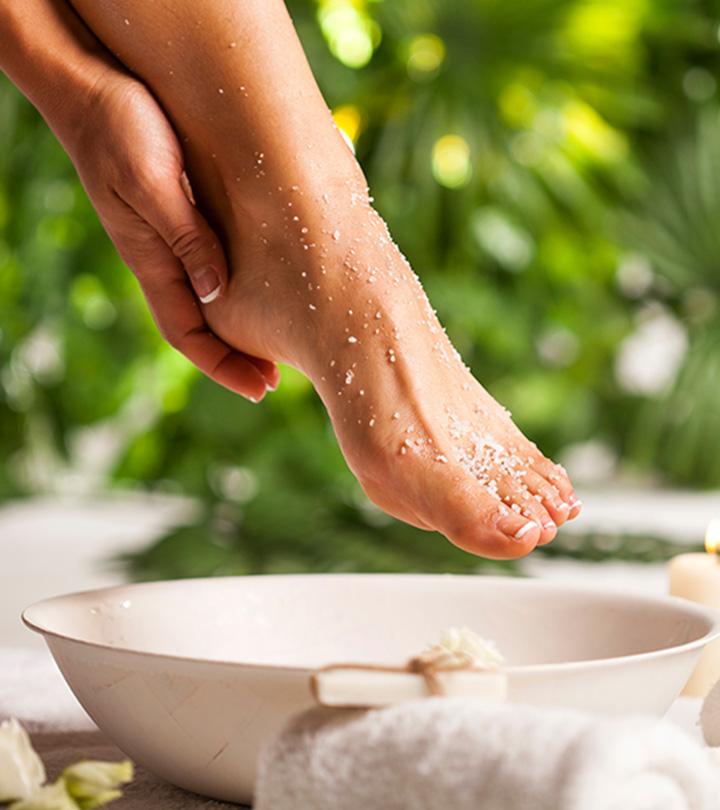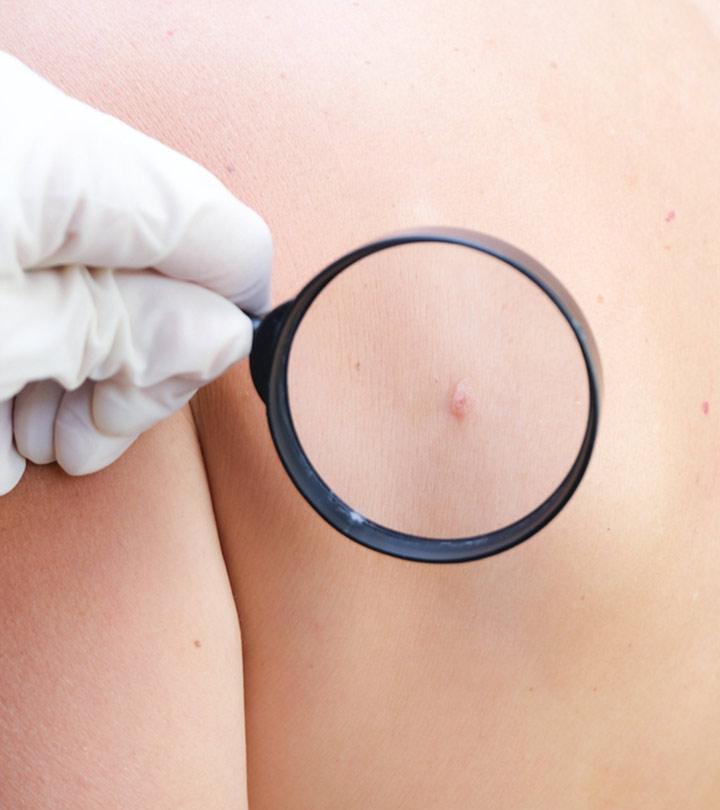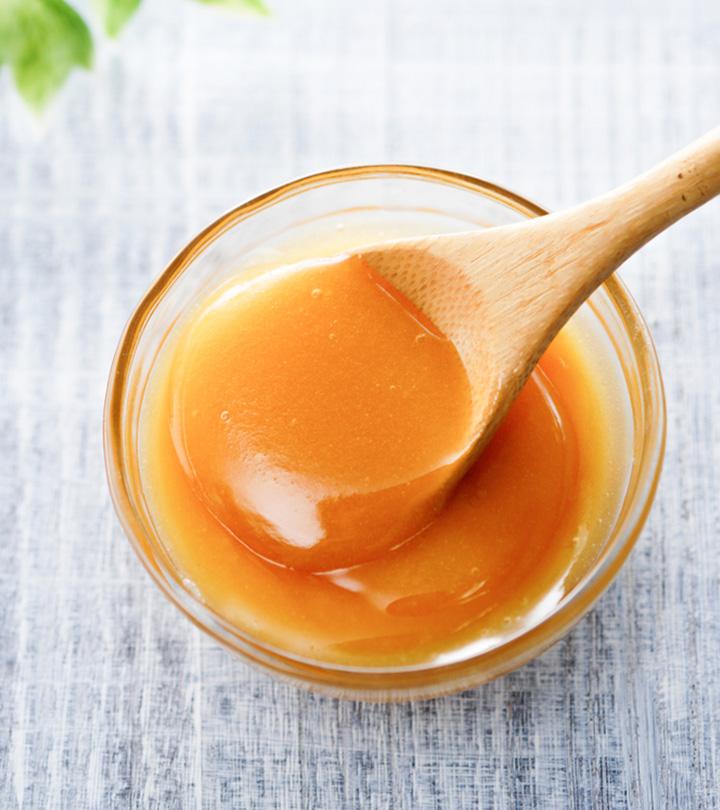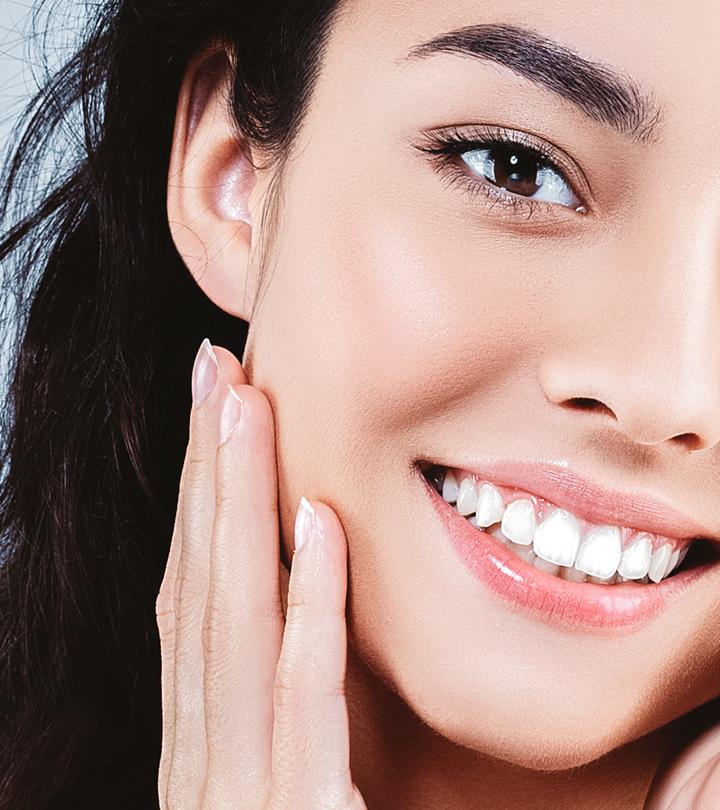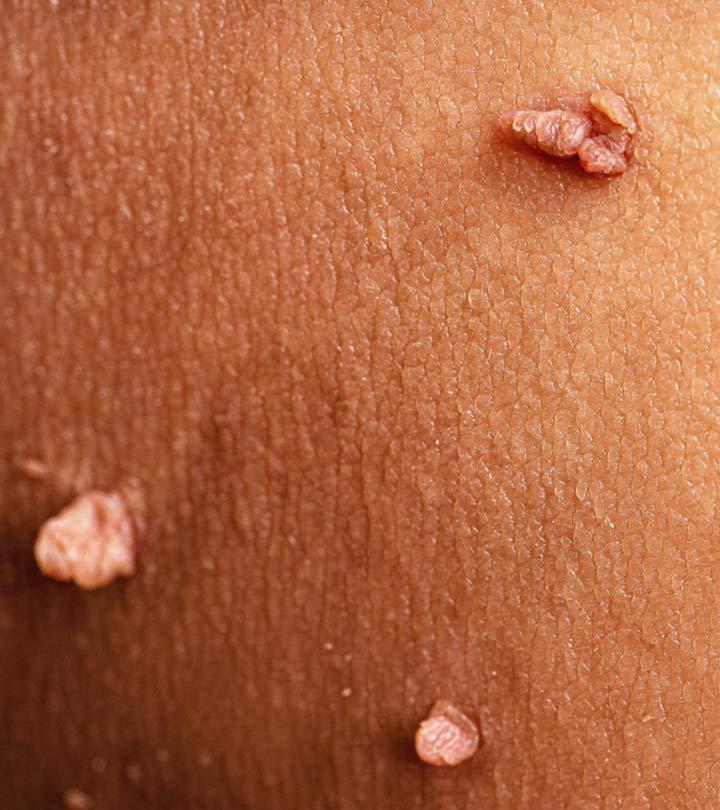What Is Skin Turgor? How Do You Treat Poor Skin Turgor?
Pinch your skin and release it – if it immediately bounces back in place, you have nothing to worry about.
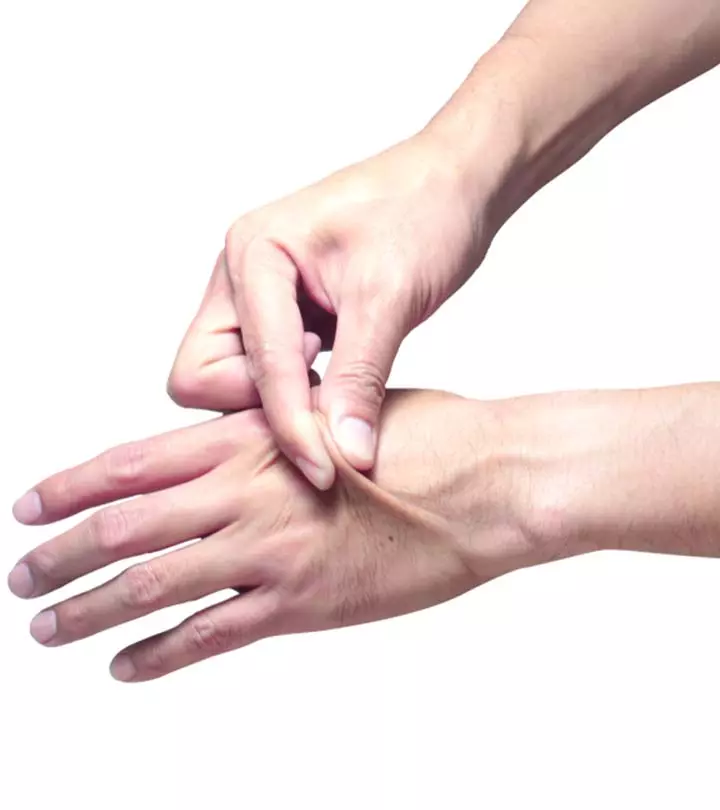
Image: Shutterstock
Skin turgor refers to the skin’s elasticity. So, how do you know if you have normal skin turgor? It’s simple – pinch the skin on your arm. If it returns to its original position in a second or two, you have normal skin turgor. If the skin takes longer to return to normal, you have poor skin turgor. Rehydrating your body is the ideal treatment for this issue. In severe cases, you will have to take fluids through intravenous means. Skin turgor is a good indicator of the hydration levels in your body.
This article will discuss the symptoms and causes of poor skin turgor and how to treat it. Continue reading.
In This Article
Symptoms Of Poor Skin Turgor
There are some key symptoms that you can look out for if you want to figure out whether you have poor skin turgor. These include:
- Skin tenting. This is when you pinch your skin, and it stays up like a tent for some time before it goes back to normal
- The skin does not spring back when pulled because it is loose.
- Dry skin.
- Nausea.
- Skin discoloration.
But what are the causes of poor skin turgor? Keep scrolling to find out!
What Are The Causes For Poor Skin Turgor?
Common causes of poor skin turgor include (1) (2) (3):
- Decreased fluid intake
- Dehydration
- Diarrhea
- Diabetes
- Extreme weight loss
- Fever
- Heat exhaustion (excessive sweating without enough fluid intake)
- Vomiting
- Excessive sweating
- Low blood plasma
- Old age
 Quick Tip
Quick TipAll these cause poor skin turgor. But how does your doctor diagnose the skin turgor? Learn all about it in the next section.
How To Diagnose Poor Skin Turgor
Your doctor will pinch or pull your skin (on the back of your hand or on the abdomen) and assess how long it takes to return to its natural position. This will help them determine your skin elasticity.
 Did You Know?
Did You Know?Do you want to improve your skin turgor and increase your skin suppleness? We have listed a few home remedies and over-the-counter treatment options in the following section. Read on!
Treatment Options Available For Poor Skin Turgor
There are a few things you can do to improve your skin turgor and skin texture. They include the following:
- Take lots of fluids.
- Consume electrolyte drinks regularly.
- Consume over-the-counter oral rehydration solutions. These solutions have specified quantities of water and salts to restore both fluids and electrolytes in your body.
- You can also hydrate yourself by eating certain foods. For example, opt for juicy fruits like melons and oranges to boost skin hydration.
- Daniel Boyer, M.D., Author at Farr Institute, adds, “If your dehydration is caused due to vomiting, your doctor may prescribe anti-emetic medication to resolve vomiting.”
- Severely dehydrated people should be treated immediately.
In the following section, we have suggested a few tips to improve your skin turgor and overall skin health. Keep reading!
How Can I Improve My Skin Turgor?
Here are a few things you can do to improve your skin turgor and boost your skin appearance:
- Quit smoking.
- Wear sunscreen daily.
- Exercise daily.
- Follow a healthy, balanced diet.
- Get your beauty rest.
- Use moisturizing skin care products.
- Stay hydrated.
In most cases, you can get rid of poor skin turgor with home remedies and over-the-top treatment options. However, in some extreme cases, you need to consult your doctor. Read the next section to find out more.
When To Visit A Doctor
Consult a doctor if you have any of the following symptoms along with poor skin turgor:
- Diarrhea
- Fever
- If you pinch your skin and it stays up for a longer time than usual.It indicates severe dehydration that needs quick treatment.
- You have poor skin turgor and cannot increase your intake of fluids, for example, because of vomiting.
Infographic: 6 Ways To Improve Skin Turgor
Dehydration can be a primary reason for reduced skin elasticity, and skin turgor is used as a way to diagnose this condition. Dehydrated skin can feel stiff and does not spring back upon being pinched or pulled. If your skin feels like it is losing its turgor, check out the infographic below for a quick list of ways to improve it and restore its elasticity.

Illustration: StyleCraze Design Team
The Final Takeaway
Skin turgor is the skin’s ability to change shape and return to normal. It is the skin’s elastic nature. To check your skin turgor, pinch the skin between your fingers. If your skin takes time to return to normal, it means that you have low skin moisture content and poor skin turgor. It can be treated at home by drinking lots of fluids. However, it is important to consult a doctor if you have symptoms such as diarrhea, vomiting, and fever as well.
Frequently Asked Questions
What does decreased skin turgor mean?
Decreased skin turgor means the same as poor skin turgor. It is the decreased ability of the skin to return to its original state.
Why do we check skin turgor?
We check skin turgor to determine the skin’s elasticity and for signs of dehydration.
Do older adults have increased skin turgor?
Yes, older adults have increased skin turgor. It is because the skin loses its elasticity with aging. Hence it is difficult to distinguish skin turgor or dehydration in older adults. So, skin turgor is tested on the forehead usually which has longer skin turgor.
Does diabetes cause poor skin turgor?
Yes, diabetes causes poor skin turgor. An increase in blood glucose levels triggers frequent urination, which may lead to dehydration if adequate water intake is not maintained which results in poor skin turgor (4).
Key Takeaways
- Skin tenting, dry skin, nausea are some of the symptoms of poor skin turgor.
- Decreased fluid intake, dehydration, diarrhea, and diabetes are some causes of poor skin turgor.
- Oral rehydration solutions restore fluids and electrolytes in the body to improve skin turgor and enhance skin suppleness.

Image: Dall·E/StyleCraze Design Team
Check out the captivating video below that offers an in-depth exploration of skin turgor, shedding light on its implications and possible underlying causes. Get ready to deepen your understanding of this vital aspect of skin health!
References
Articles on StyleCraze are backed by verified information from peer-reviewed and academic research papers, reputed organizations, research institutions, and medical associations to ensure accuracy and relevance. Read our editorial policy to learn more.
- Adult Dehydration
https://www.ncbi.nlm.nih.gov/books/NBK555956/ - Diagnosis and Management of Dehydration in Children
https://www.aafp.org/pubs/afp/issues/2009/1001/p692.html - Clinical symptoms
signs and tests for identification of impending and current water‐loss dehydration in older people - Impact of diabetes mellitus on bladder uroepithelial cells
https://www.ncbi.nlm.nih.gov/pmc/articles/PMC3543662/
Read full bio of Dr Perpetua Neo
Read full bio of Anjali Sayee
Read full bio of Swathi E







